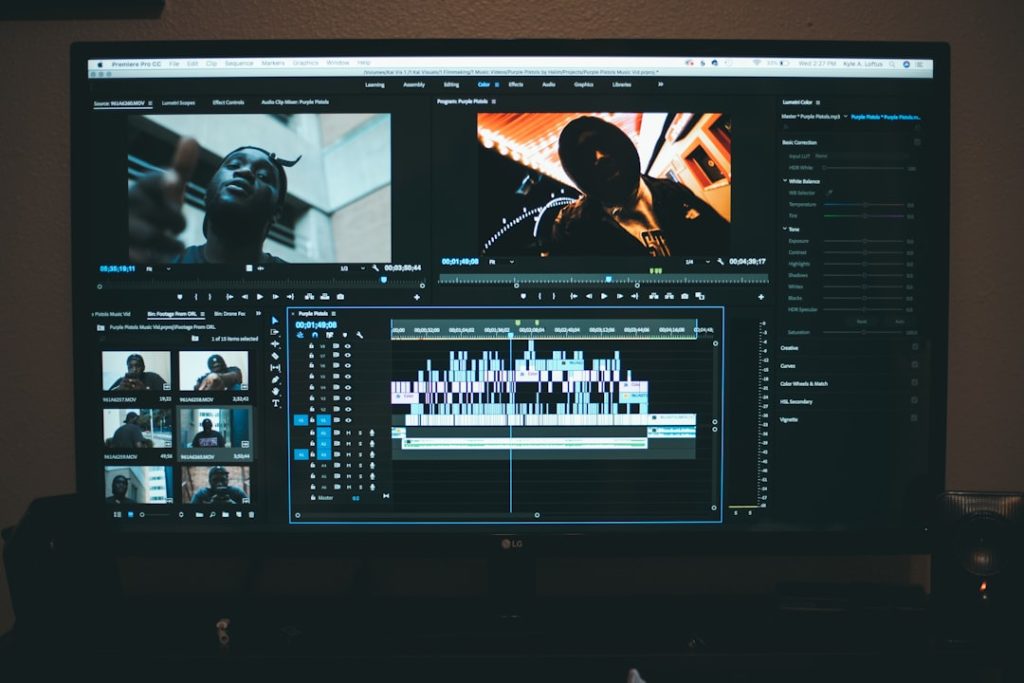In an era where video dominates the content landscape, deeper understanding of viewer behavior has become indispensable. For U.S.-based content creators aiming to strengthen engagement, improve storytelling, and make informed creative decisions, video annotation tools provide unparalleled value. These platforms help creators tag, categorize, and interpret viewer data, allowing for enhanced personalization and strategic content direction.
Whether you’re a YouTuber, filmmaker, educator, or training specialist, using the right video annotation tools can dramatically boost your analytic capabilities. Below, we explore the top video annotation tools every U.S. content creator should consider to drive meaningful viewer insights.
1. VIA (VGG Image Annotator)
Developed by the Visual Geometry Group at Oxford, VIA is a free and open-source tool known for its reliability and versatility. Although it’s often used for image annotation, VIA supports video too, enabling creators to set frame-specific annotations directly in the browser.
- Pros: No installation required, offline support, fully customizable
- Best for: Educational content, machine learning datasets
2. Labelbox
Labelbox is a collaborative data training platform with a strong suite of tools for video annotation. Its intuitive interface combined with advanced analytics makes this an ideal choice for creators who need to track engagement patterns and brief segments across lengthy video content.
- Pros: AI-assisted annotation, robust collaboration features, excellent documentation
- Best for: YouTubers, digital marketers, video researchers
3. Descript
Descript goes beyond editing by allowing content creators to add smart annotations and rich metadata to audio and video content. Its speech-to-text capabilities and multitrack editing interface make it especially helpful for podcasts and interviews, where time-coded notes and insights matter.
- Pros: Automatic transcription, easy export of annotations, seamless editing workflow
- Best for: Podcasters, educational content creators, influencers
4. V7 Darwin
Especially popular in AI development circles, V7 Darwin offers a sophisticated video annotation environment suitable for high-volume and high-precision projects. Its interface supports bounding boxes, segmentations, and even object-tracking across frames.
- Pros: High-level automation tools, enterprise-grade security, expansive format support
- Best for: Large-scale educational video producers, AI training content creators
5. Wistia
Wistia is a video hosting and marketing tool favored by many businesses and content entrepreneurs. What sets it apart is its ability to provide audience heatmaps, retention graphs, and annotation-style popover calls to action, making it exceptional for performance-optimized content.
- Pros: Viewer insights integrated with annotations, marketing-centric features
- Best for: Marketing videos, professional training, conversion-focused content
6. Annotate Video with Vimeo
Vimeo’s review tools allow for direct timecoded comments from collaborators and viewers, which effectively act like informal annotations. This system supports iterative feedback and insight gathering, vital for creators focused on quality refinement and user input.
- Pros: Seamless interface, integrated with detailed feedback tools, allows frame-specific insights
- Best for: Collaborative projects, client videos, short films
7. Tamr
Though not a traditional annotation tool, Tamr uses machine learning to unify and cleanse viewer interaction data, often pulled from annotated content. It’s ideal for creators interested in back-end data management and aligning video engagement with larger insights across platforms.
- Pros: Data enrichment and unification, smart integration options
- Best for: Enterprise creators, cross-platform video strategists
Why Annotation Tools Matter
Harnessing viewer behavior in a crowded content ecosystem requires more than just metrics. With annotation tools, creators obtain actionable insights not just about how videos are watched, but why—portions of high retention, repetitive playback, drop-off points, and contextual relevance all become areas for strategic improvement.
Moreover, annotations are not limited to analytics; they enhance accessibility and interactivity through subtitles, visual cues, and embedded commentary—features increasingly valued by viewers and algorithms alike.
Conclusion
Video annotation tools are no longer optional accessories; they are essential instruments in the modern content creator’s toolbox. From machine learning-based precision to collaborative review and feedback, the right tool can unlock robust insights and elevate the viewing experience. U.S. content creators looking to stay competitive should strategically adopt these tools to deepen audience connection, optimize content strategy, and grow more effectively in a data-driven marketplace.
